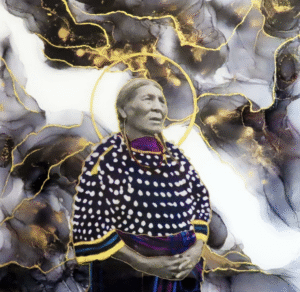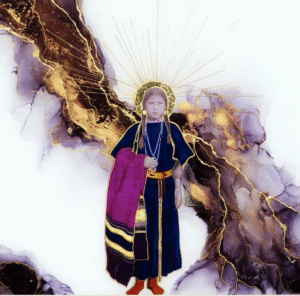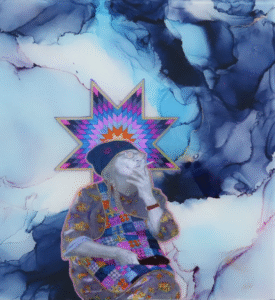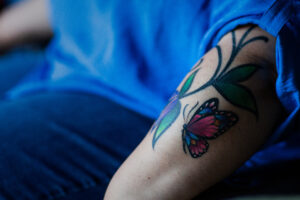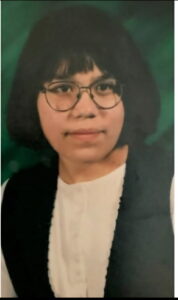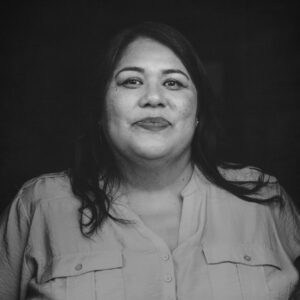
Monica Gilles-BringsYellow
Great Falls High
Class of 2000
Monica didn’t grow up in a typical Great Falls family. Her mom was from Mazatlán, Mexico and didn’t speak English and her dad – a farmer turned journalist – did the ag report for the Great Falls Tribune. Monica often tagged along on his reporting trips, stopping to dig dinosaur bones or to read about Montana history. “We would stop at every single historical plaque,” she remembers, “and I would have to read it out loud, no matter how many times we went there.”
After high school, Monica moved to Missoula – she called it “the promised land” – to attend UM while working full time in a group home or fighting wildfires in the summer. Coming from a low-income family, she felt pressure to get a “real job”, so she chose to major in history and become a teacher, not just to earn a living, but to investigate some unanswered questions. “I never understood why I grew up learning about the Cherokee and the Trail of Tears when almost every tribe in Montana was represented in my classroom,” she said. “Or why it’s called a ‘battle’ when the Army massacres 200 Native women and children while their men are off hunting?”
When a series of budget cuts eliminated her teaching jobs – from Desmet to Missoula to Polson – Monica decided to pursue a Master’s in Social Work. Today, she works as a therapist for three group homes in Butte, supporting kids with significant mental health needs. Her commitment to helping others runs deep, and she often challenges the myth of rugged individualism so often romanticized in Montana. “My grandma was a rancher, but one person cannot be a rancher. You can’t manage all of it. You have to rely on your neighbors.” For her, it’s simple: “Our job as people is to make things better for other people.”
Although most know Monica as an artist, that part of her journey began almost by accident, with the blank walls of her therapy office. She couldn’t find art she liked, or could afford, so she started making her own. Now, she laughs that she couldn’t afford her own work either. But like Monica herself, her art is grounded in community, rooted in lived experience, and driven by the belief that every voice deserves to be heard.
